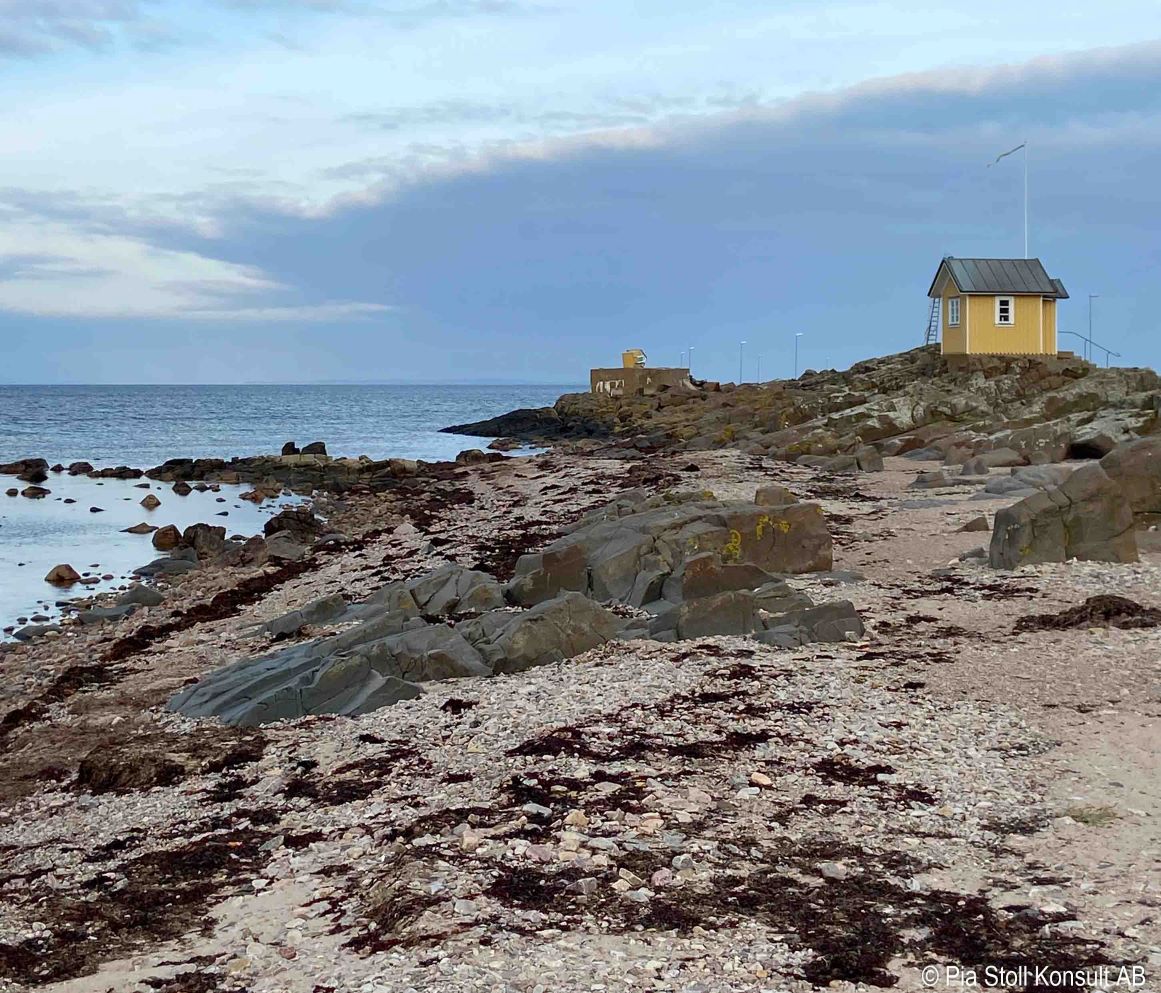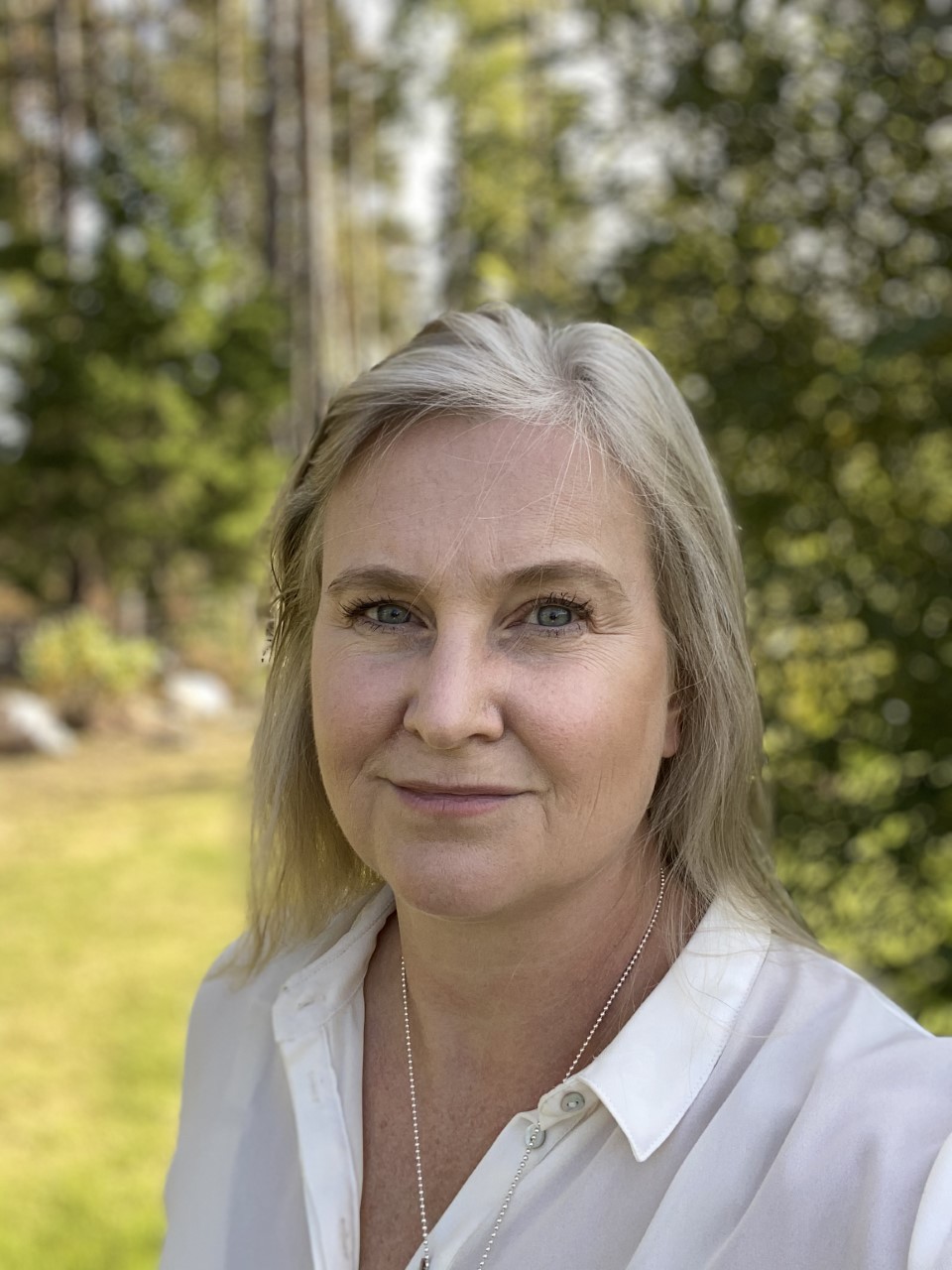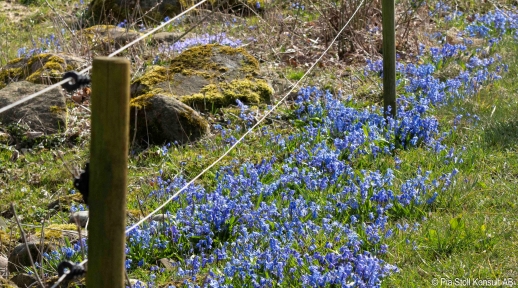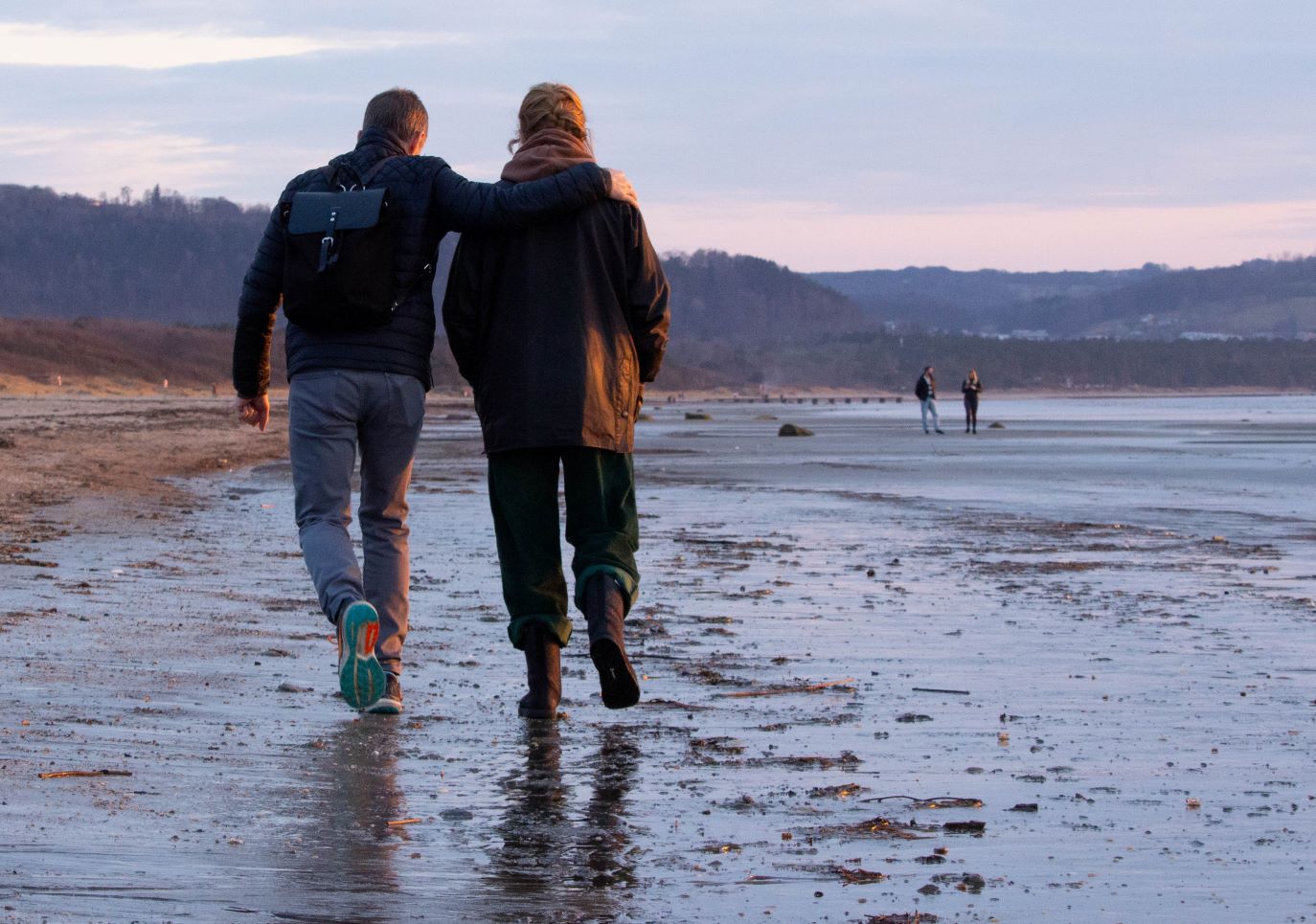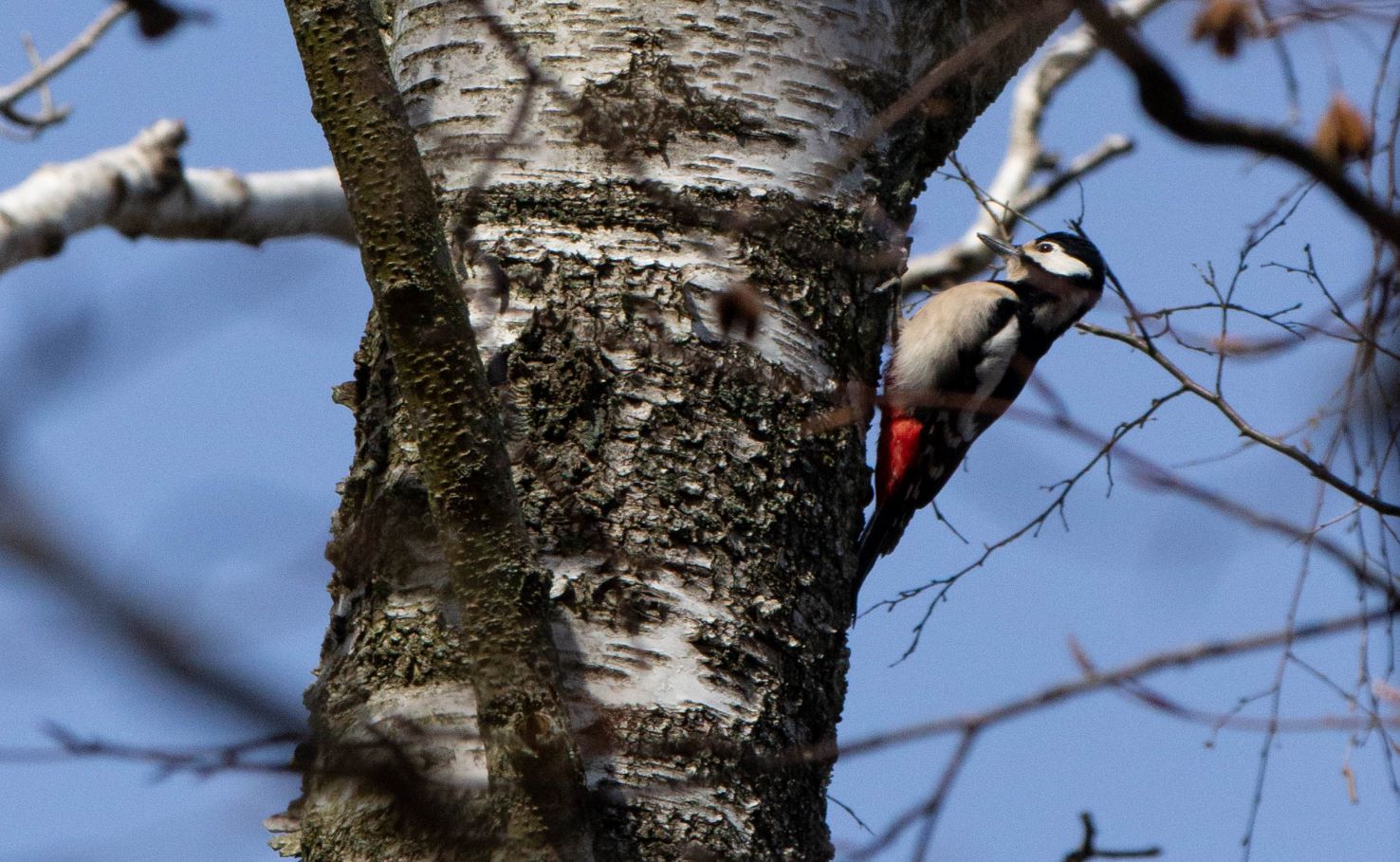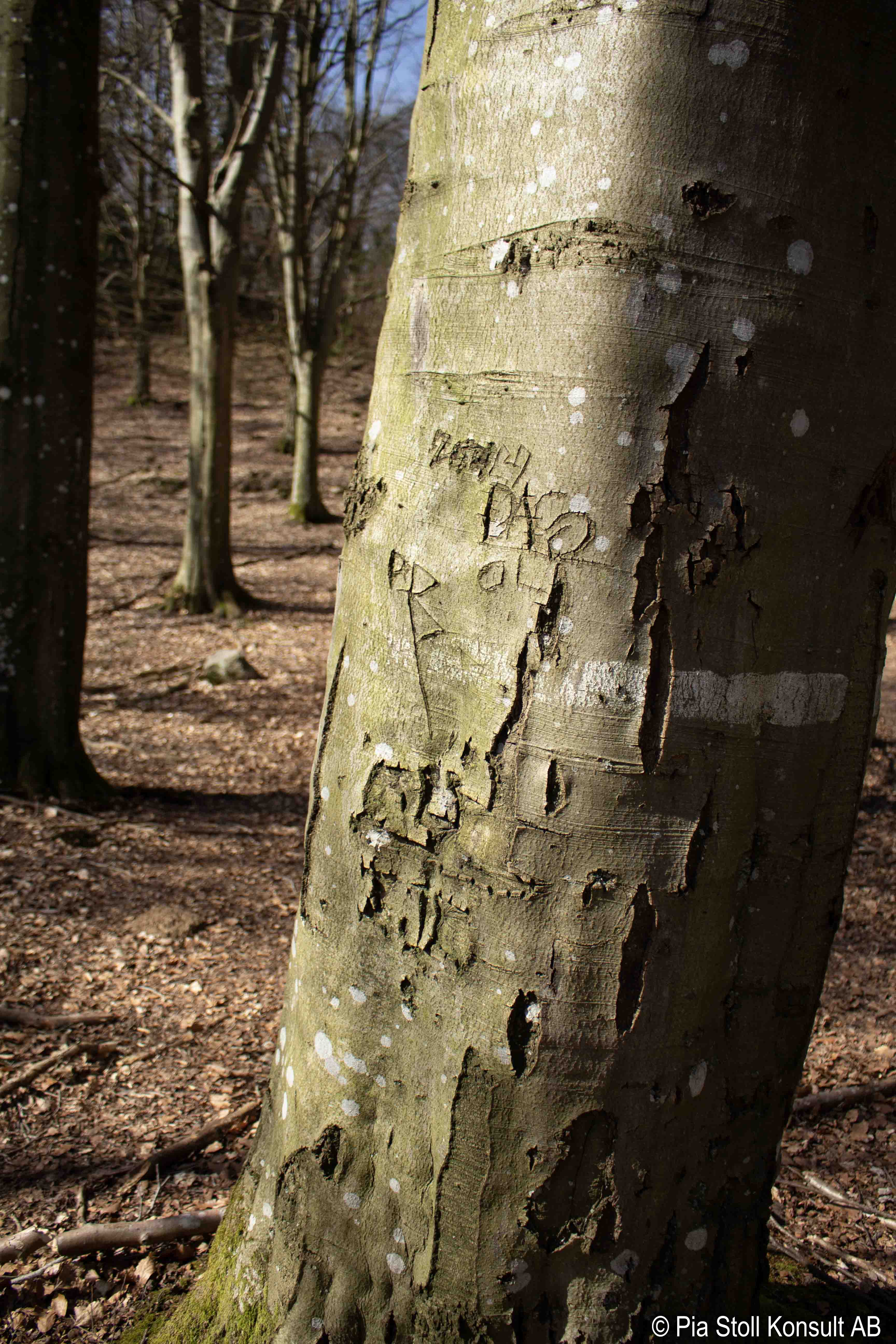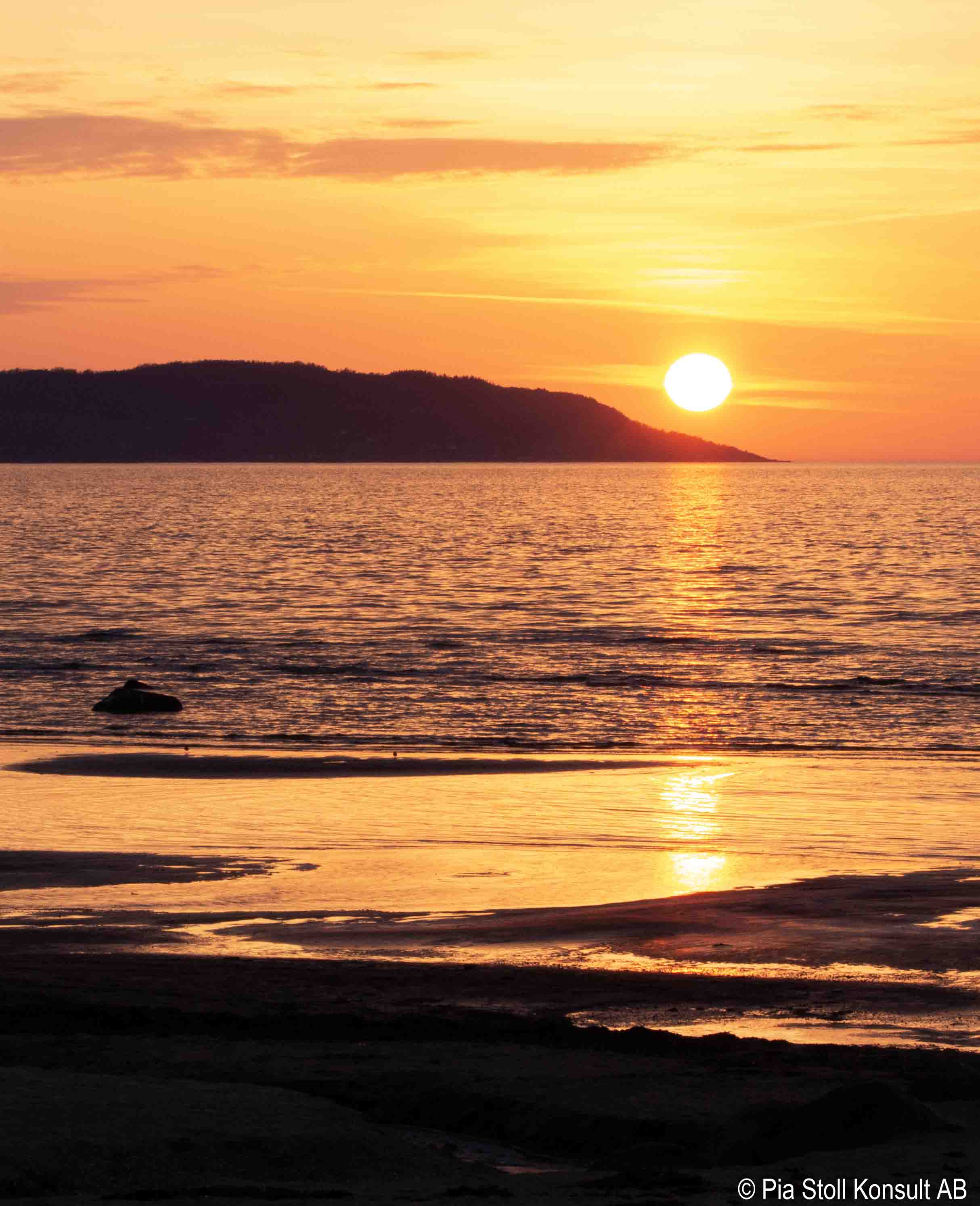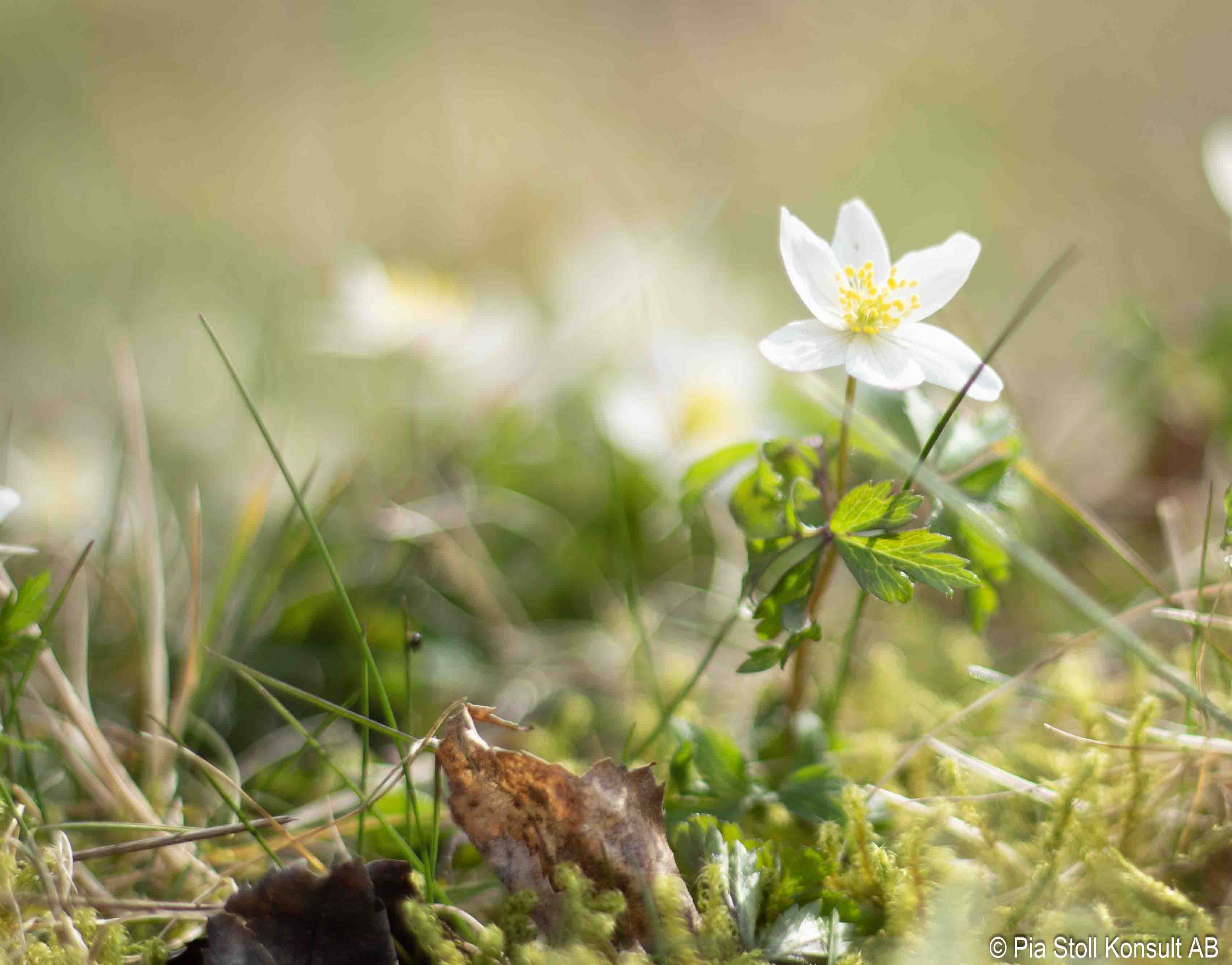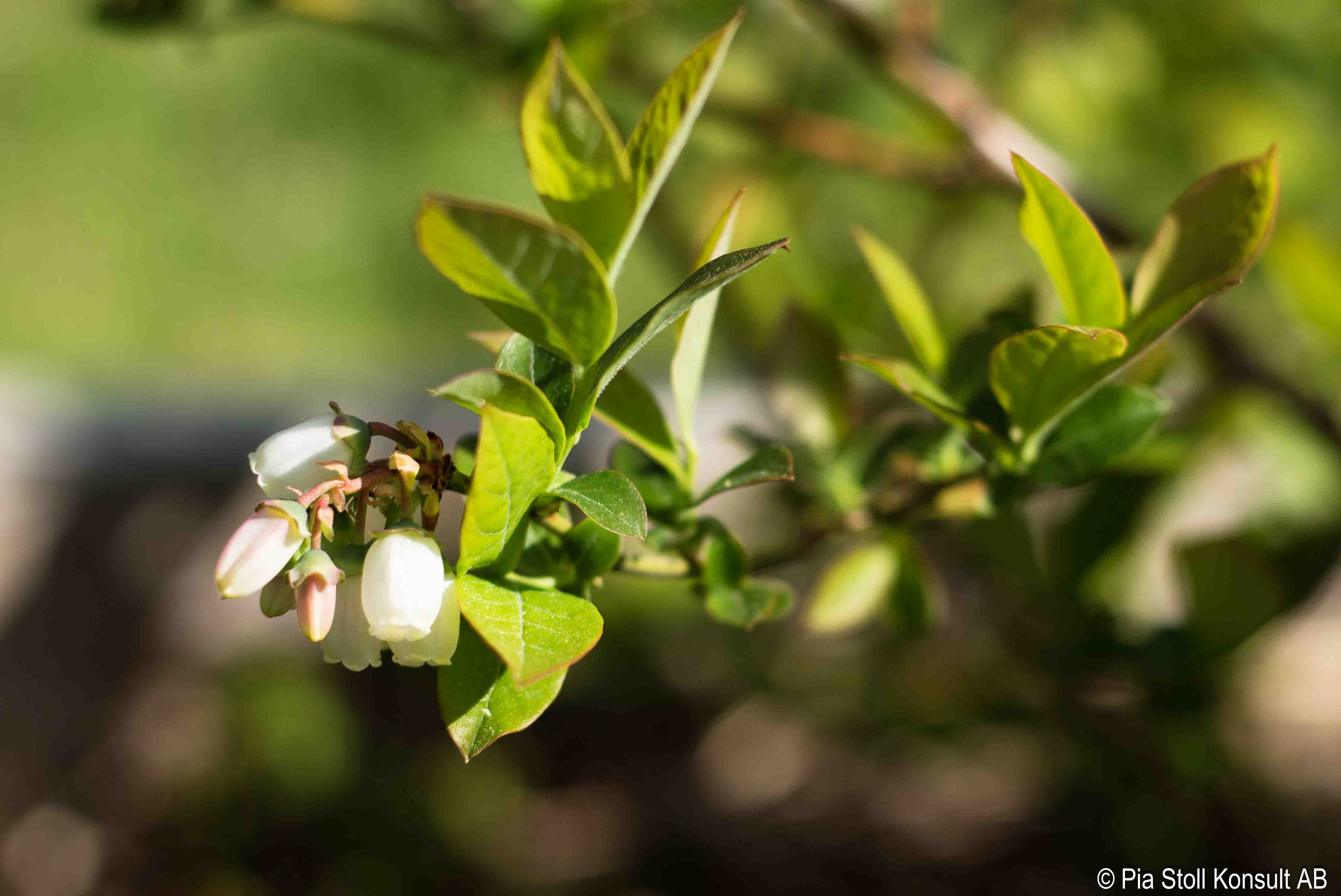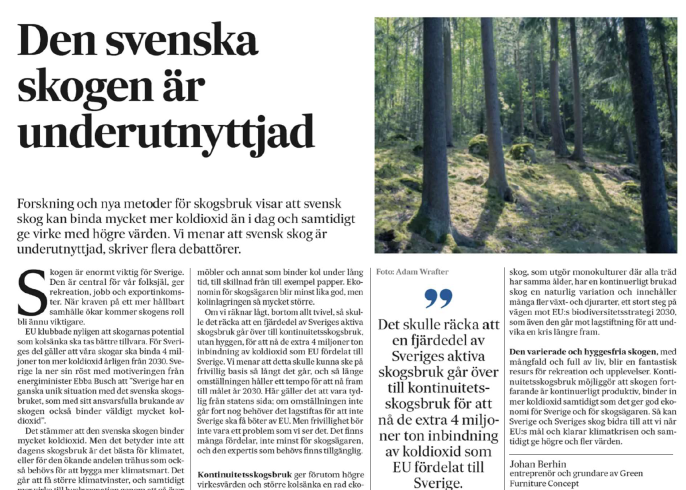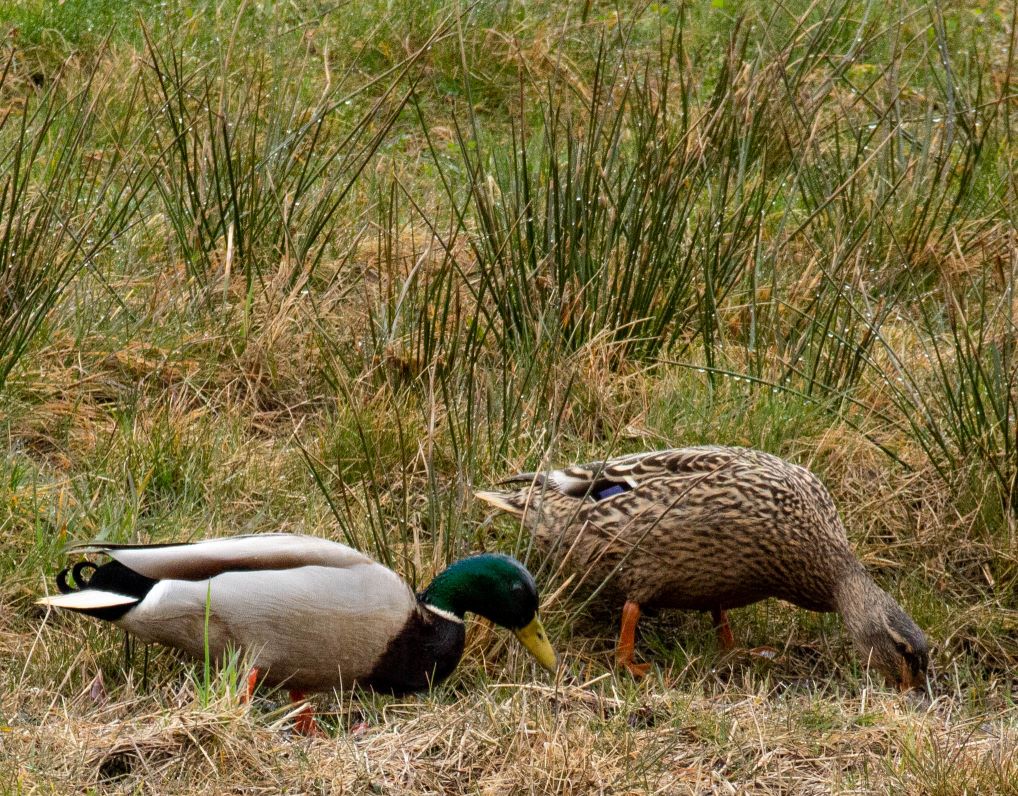Nature-based forestry
A Common Ground Approach
In the heart of our communities, the forests stand not just as silent witnesses to time but as vibrant ecosystems critical to our economy, environment, and heritage. The transition from clear-cut to nature-based forestry presents an opportunity to harness these values in ways that resonate across the ideological spectrum, ensuring a prosperous and sustainable future for all.
Local Impact and Economic Benefits
Nature-based forestry practices promise to revitalize local economies through sustainable job creation. By adopting methods that mimic natural processes, we can ensure a continuous supply of timber, safeguarding jobs in logging, milling, and related industries. This approach not only secures the livelihoods of our communities but also opens up new markets focused on sustainability, attracting investment and fostering economic growth.
Conservation of Tradition and Natural Beauty
Our forests are more than timber reserves; they are a legacy of natural beauty and biodiversity passed down through generations. Nature-based forestry respects this heritage, aiming to conserve the land's ecological integrity. This method of stewardship ensures that our children and grandchildren will inherit a landscape that is as rich and productive as it is today, if not more so.
Technological Innovation and Free Market Solutions
Embracing nature-based forestry doesn't mean turning our backs on innovation or economic freedom. On the contrary, it encourages the development and application of cutting-edge technologies and practices that make forestry more efficient, sustainable, and profitable. By valuing ecosystem services within the market, we can create a competitive advantage for businesses that invest in sustainability, driving innovation and fostering a robust, resilient economy.
National Security Through Resource Independence
Healthy, biodiverse forests are less susceptible to pests, diseases, and the impacts of climate change, securing a domestic supply of wood and protecting our rural landscapes from fire and erosion.
In moving towards nature-based forestry, we are not merely adopting a new set of practices; we are investing in the very foundation of our prosperity, security, and heritage. This is a call to action that transcends political divides, appealing to our shared values of economic resilience, conservation, and stewardship of the land. By embracing this transition, we can safeguard our natural resources, ensure the well-being of future generations, and uphold our commitment to the principles of freedom and prosperity that define us.
